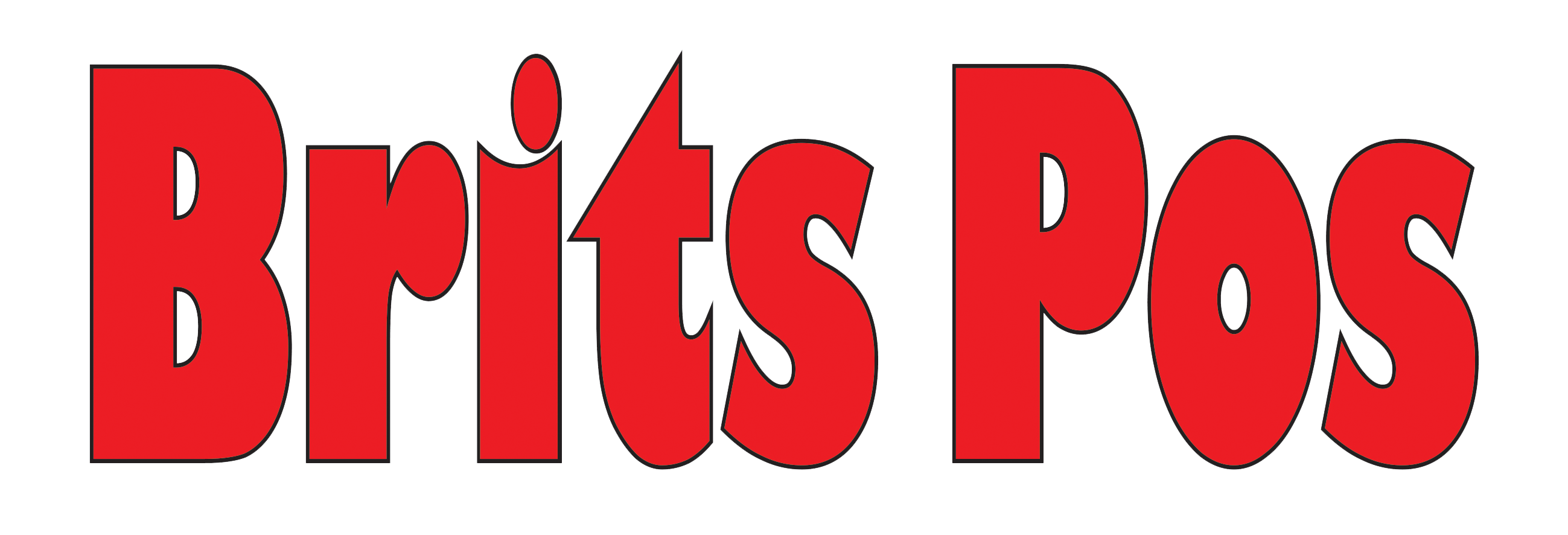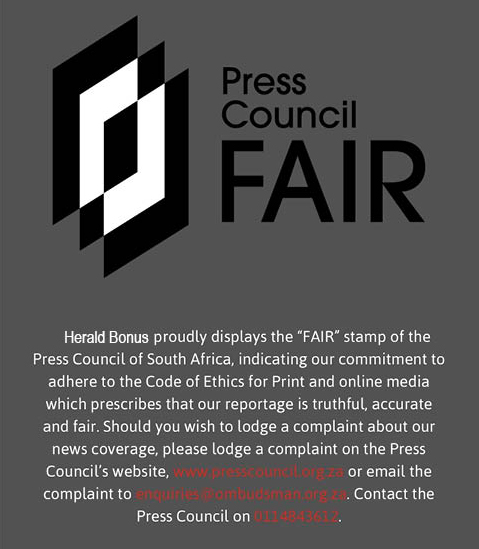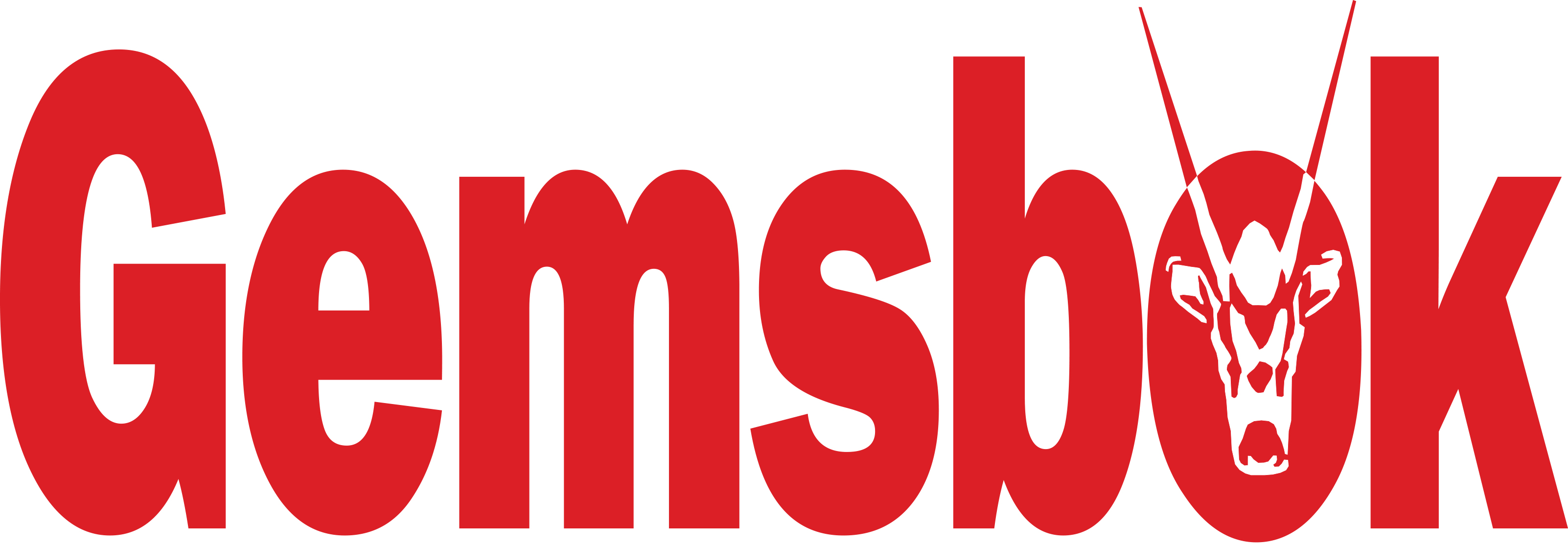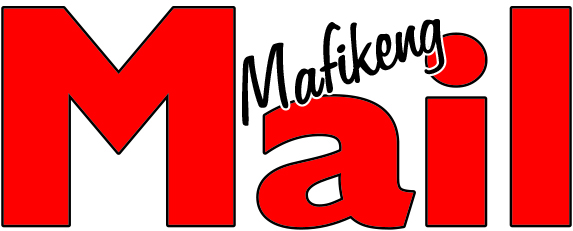BRITS POS – BRITS - While Chinese car brands are currently dominating motoring headlines, they do not represent the majority of imports coming to South Africa.
Over the last few years, South Africa has been hit with a flood of new Chinese automakers announcing their intentions to launch in our market.
This includes Omoda, Jaecoo, Jetour, BYD, Dayun, Foton, LDV, GAC, and MG, all of whom debuted in the last two years.
Another 10 are also set to appear in the near future, comprising iCaur, Lepas, Leapmotor, JMC, Denza, Changan, Deepal, Dongfeng, Geely, and Riddara.
This is on top of brands like Chery, Haval, GWM, BAIC, and JAC, which have been in operation for a few years now.
While this is undeniably a lot to keep track of, the reality is China is still not the single largest vehicle exporter to South Africa.
According to the Automotive Business Council (Naamsa), 304,355 of the 484,808 new passenger cars sold in 2024 were imported, equating to a 62.8% market share.
Of that sum, 52,067 models came from China, which works out to 17.1% of sales.
This is a substantial amount, to be sure, but it is nowhere near the number achieved by another Asian country – India.
Last year, 173,742 new cars sold were from India, working out to 57.1% of all the models imported to South Africa.
Even when compared to the overall sales numbers, India’s impact on our automotive landscape is impossible to ignore, as a staggering 35.8% of all vehicles sold in South Africa were built on the sub-continent.
In other words, just over one in three new cars sold here comes from India.
A silent takeover
While Suzuki may be a Japanese company, the Swift is imported to South Africa from India.
One of the reasons why this takeover has largely flown under the radar is that many of the Indian cars sold in South Africa are not from Indian brands.
Mahindra is probably the first company that comes to people’s minds when they hear the phrase “Indian car,” and while it’s true that Mahindra is one of the fastest-growing brands in the country, it’s not the primary driver of Indian imports.
That distinction goes to Suzuki, the second-best-selling carmaker in the country.
Suzuki is a Japanese brand, but all of the models we receive in South Africa are produced by Maruti Suzuki – the carmaker’s Indian division.
This includes models like the Baleno, Fronx, Celerio, Ertiga, and the fan-favourite Swift.
This also applies to Toyota, South Africa’s most popular brand, which sells badge-engineered versions of several Suzuki products.
The Vitz, Starlet, and Starlet Cross, for example, are rebadged versions of the Celerio, Baleno, and Fronx that are also built in India.
Several other manufacturers have entered joint ventures with Indian companies, or have set up subsidiaries in India to produce more affordable models.
The Nissan Magnite and Renault Kiger are built in India, and the same can be said of the Honda Elevate and the Hyundai Grand i10, to name a few.
India has a large and relatively inexpensive workforce, which reduces the cost of manufacturing and makes the country an ideal investment candidate for carmakers that want to produce cheaper models for markets in Africa, Asia, and the Middle East.
Most Chinese car brands, in comparison, are positioning themselves as competitors to European, Korean, and Japanese makes, albeit at a more affordable price.
For a better sense of India’s dominance in our auto sector, these are percentage figures for each of the main passenger car exporters to South Africa, based on Naamsa’s data from 2024:
India – 57.1%
China – 17.1%
Germany – 5.6%
Japan – 4.2%
Thailand – 2.1%
Other – 13.9%
It’s also worth highlighting that another “original” Indian automaker, Tata, has just re-entered South Africa’s passenger car market, and it remains to be seen whether it will be able to carve out a significant market share like its rival Mahindra. Top Auto









